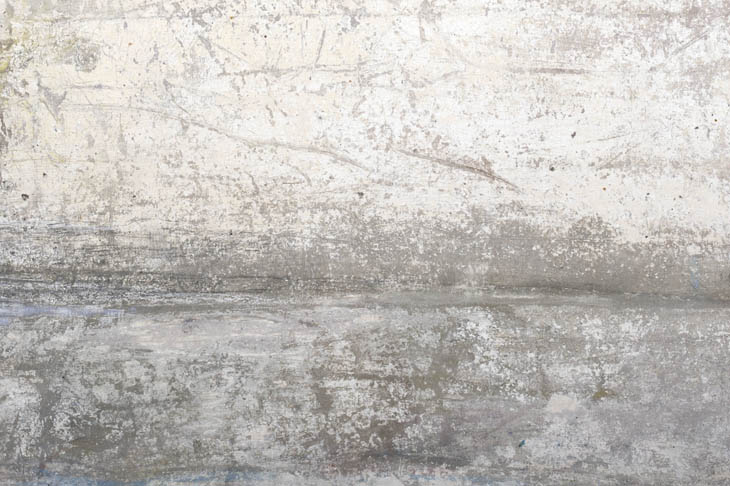In The Garden of Mystery (Golshan-e Raz), the 14th-century Persian poet and Sufi mystic Mahmoud Shabestari answers a series of questions posed by a fellow scholar. The treatise, written in rhyming couplets (masnavi), deals with themes, allegories, and imagery prevalent in the Persian Sufi tradition. At its core is the Sufi concept of the ‘unity of being’: the transcendental oneness of God. ‘Beneath the veil of each atom’, Shabestari wrote, ‘is hidden the heart-ravishing beauty of the Beloved’s face!’
In commemoration of the 700th anniversary of The Garden of Mystery, works by leading contemporary Iranian artists Monir Farmanfarmaian and Y.Z. Kami are on display in an exhibition at the Asia House, alongside a number by British artist Taha Afshar. Some pieces are directly inspired by Shabestari’s treatise; others draw upon the wider canon of Persian Sufi literature – which, thanks particularly to the recent efforts of translators, is receiving an increasing amount of attention both in Iran and abroad.
Go Polish the Tablet of your Heart (2016), Taha Afshar
In Afshar’s light-filled abstractions, vague forms can be discerned beneath delicate patinas. Their titles allude to Shabestari’s work and Sufi philosophy more generally: Go Polish the Tablet of Your Heart (2016), for example, takes up the commonly-used metaphor of the mirror. In Persian Sufism, one’s heart is a mirror, covered in rust; to be able to see your true Self – God – you must discard the ego and ‘polish’ the mirror.
The mirror as a symbol is central to the decades-long career of Farmanfarmaian, one of Iran’s most prominent contemporary artists, known for her intricate mirror mosaic works. While Hexagon (1977) brings to mind the Sufi concept of unity in multiplicity, Shazdeh’s Garden (2010) at once captures the splendour of the paradigmatic Persian garden and hints at the spiritual bounty — the fruits of Shabestari’s garden — to be reaped by followers of the Persian Sufi path.
Hexagon (1977), Monir Farmanfarmaian. Courtesy of Rose Issa Projects
Kami’s work Untitled (Hands) (2012) touches on the traditional Persian Sufi tenets of monastic piety and faith over reason, while Blue Dome IV (2016) illustrates the ‘unity of being’: elements converging around, and seemingly emanating from, a single sphere.
Untitled (Hands) I (2012), Y.Z. Kami. Courtesy of the artist and Gagosian Gallery
A welcome display of contemporary Iranian art by some of the country’s best practitioners, ‘The Garden of Mystery’ also provides a valuable opportunity to reflect on, and reconsider, the complex notions explored in Sufi philosophy.
‘The Garden of Mystery’ is at Asia House, London, until 1 December.
